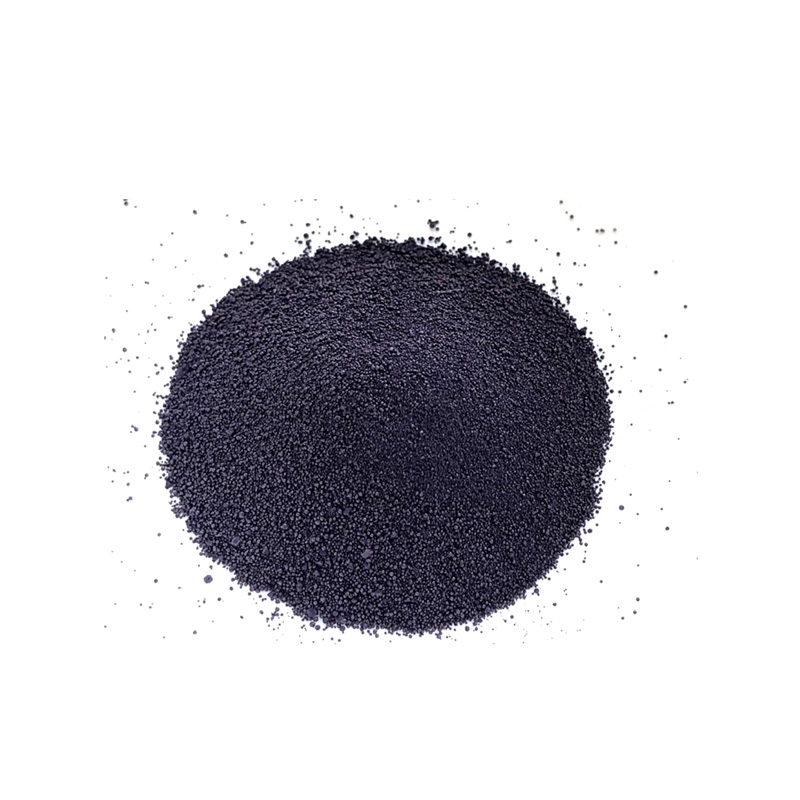dyeing with indigo


Professionalism in indigo dyeing also opens doors to creating high-quality, sustainable fashion. As more consumers become environmentally conscious, the demand for indigo-dyed garments crafted with ethical methods grows. Artisans and brands dedicated to eco-friendly production leverage indigo’s biodegradable properties and low environmental impact when used responsibly. Moreover, collaborations between traditional dyers and modern designers have forged innovative pathways, infusing ancient techniques with contemporary styles. Trust and authenticity are paramount in promoting indigo-dyed products. Brands that invest in storytelling, offering transparency about their sourcing and dyeing processes, foster a deep connection with their audience. Customers are drawn to the artisanal narrative, the tangible history woven into each garment, and the commitment to sustainable practices. In the world of textiles, dyeing with indigo remains a beacon of creativity and expertise, offering rich narratives of craftsmanship and culture. Whether you are a newcomer eager to explore this art form, or an industry veteran seeking to enhance your product line, indigo promises an unparalleled palette of experiences and opportunities. Engage authentically, cultivate expertise, and embrace the timeless allure of indigo to captivate markets and leave a blue-hued legacy.
-
The Timeless Art of Denim Indigo Dye
NewsJul.01,2025
-
The Rise of Sulfur Dyed Denim
NewsJul.01,2025
-
The Rich Revival of the Best Indigo Dye
NewsJul.01,2025
-
The Enduring Strength of Sulphur Black
NewsJul.01,2025
-
The Ancient Art of Chinese Indigo Dye
NewsJul.01,2025
-
Industry Power of Indigo
NewsJul.01,2025
-
Black Sulfur is Leading the Next Wave
NewsJul.01,2025

Sulphur Black
1.Name: sulphur black; Sulfur Black; Sulphur Black 1;
2.Structure formula:
3.Molecule formula: C6H4N2O5
4.CAS No.: 1326-82-5
5.HS code: 32041911
6.Product specification:Appearance:black phosphorus flakes; black liquid

Bromo Indigo; Vat Bromo-Indigo; C.I.Vat Blue 5
1.Name: Bromo indigo; Vat bromo-indigo; C.I.Vat blue 5;
2.Structure formula:
3.Molecule formula: C16H6Br4N2O2
4.CAS No.: 2475-31-2
5.HS code: 3204151000 6.Major usage and instruction: Be mainly used to dye cotton fabrics.

Indigo Blue Vat Blue
1.Name: indigo blue,vat blue 1,
2.Structure formula:
3.Molecule formula: C16H10N2O2
4.. CAS No.: 482-89-3
5.Molecule weight: 262.62
6.HS code: 3204151000
7.Major usage and instruction: Be mainly used to dye cotton fabrics.

